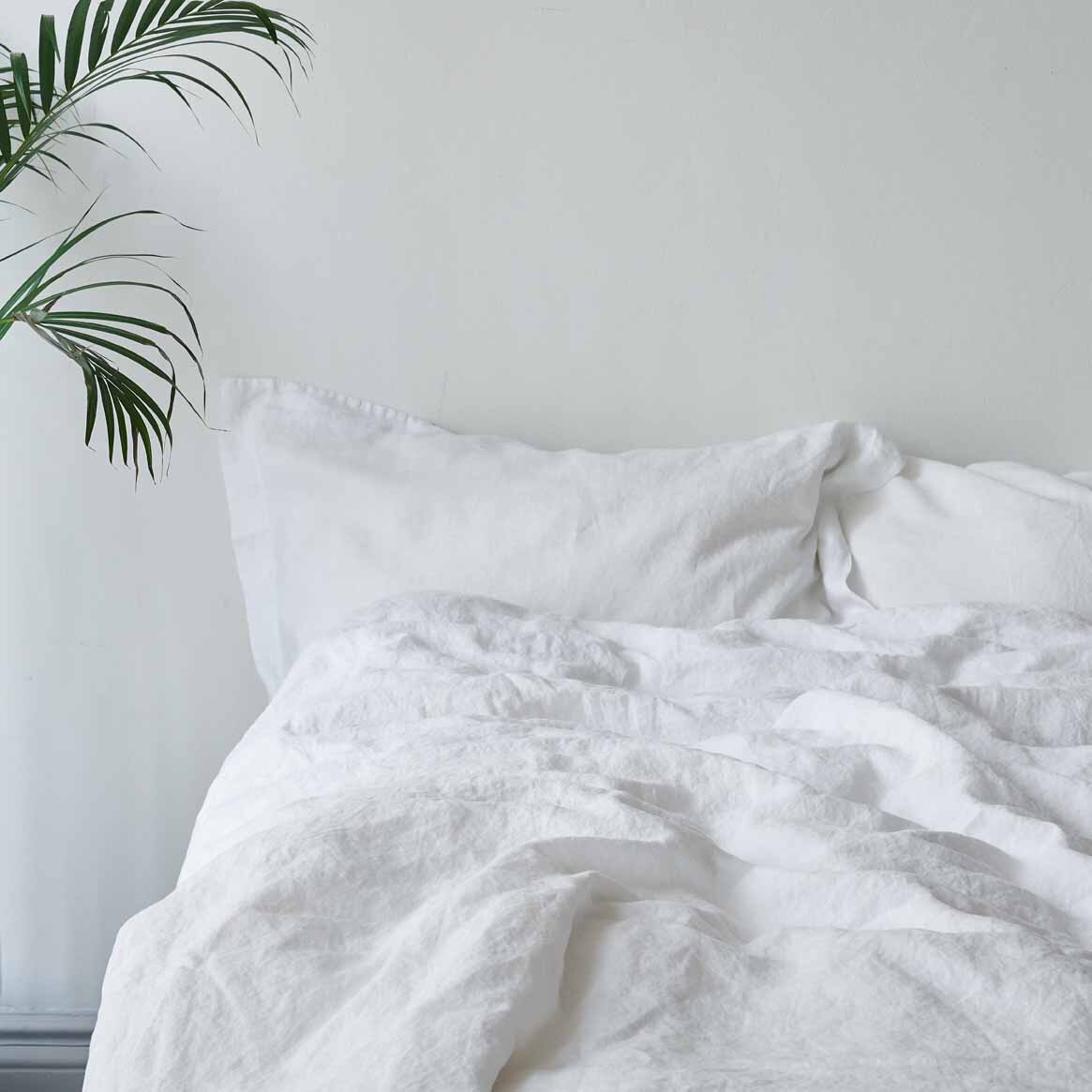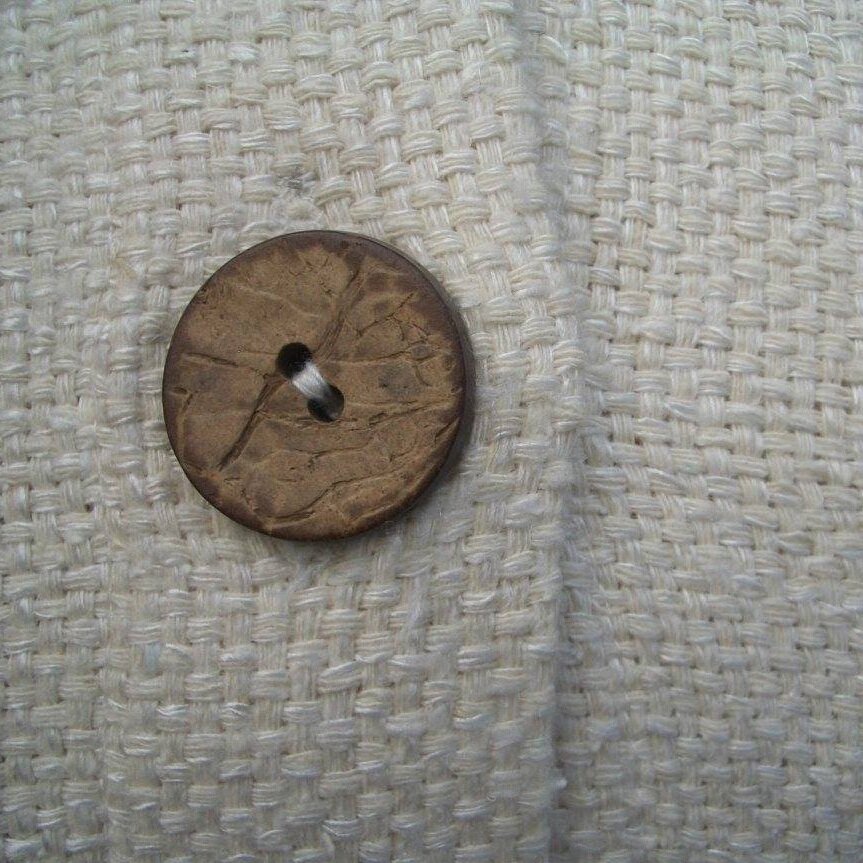Biophilic Design: Bringing The Outdoors In
What is Biophilia?
Translated from its Greek roots as ‘the love of living things', the term biophilia is used to describe humankind’s innate, biological connection with nature. It helps to explain why walking through woodland can help us feel relaxed and rejuvenated, why mountain views uplift and inspire and why the sound of waves lapping gently on the shore can instil a sense of calm and wellbeing. We intuitively understand that being outdoors in nature is good for us and a growing body of research demonstrates that contact with nature can improve our physical and mental health. It can boost our immune system, reduce our stress levels, improve our mood and our sleep.
Biologist E.O. Wilson defined biophilia as “the connections that human beings subconsciously seek with the rest of life”. He saw biophilia as an intrinsic part of our biology, a necessary condition of being human. This makes sense when we consider that humans have spent hundreds of thousands of years living in close contact with the natural world.
Reconnecting With Nature Through Biophilic Design
As our lives increasingly lose connection with the natural world, architects and designers have used the concept of biophilia to inform a set of design principles that aim to bring nature and natural processes into our living and working environments in order to enhance our health and well-being. The 2014 report 14 Patterns of Biophilic Design from Terrapin Bright Green defines and illustrates the main principles of biophilic design which include both direct and indirect methods of connecting with the natural world. Direct methods include the use of plants, water features, natural lighting and the movement of air. Indirect methods are concerned with the use of natural materials, colours, textures and patterns which help to re-create the biophilic human connection.
Biophilic Design and Sustainable Textiles
At Ecosophy, biophilic principles inform all aspects of our designs, from the fibres and processes we use through to the colours and patterns.
Natural Fibres
Humans are naturally drawn to organic and tactile materials. Natural fibres have a warmth and authenticity that is difficult for synthetic alternatives to compete with. At Ecosophy, we only use natural fibres for our products and we use hand-woven fabrics where possible. All of our blankets and cushion covers are made from ‘khadi’, the Indian name for a cloth that is both hand spun and hand woven. ‘Khadi’ is usually made of cotton, but it can be made of any spinnable natural fibre, such as wool or certain silks. The irregularities in thread size, a result of the hand spinning, give ‘khadi’ a rustic, ‘slubby’ appearance and tactile aesthetic.
Natural fibres also help to provide a multi-sensory experience. Our linen bedding collection is made from certified organic linen, a beautiful fabric with a unique texture created by the natural slubbiness of its threads. It’s highly absorbent, conducting heat away from the skin, which makes it the perfect bedding fabric for the summer months.
Nature-Inspired Colour and Patterns
Muted, earthy colours can help to create a relaxing and restorative environment. We use naturally dyed or undyed fabrics where possible. Our wild silk cushion covers, for example, come in various natural shades of brown, beige and gold, reflecting the different leaves that the silkworms have eaten. The threads are shorter than conventional silk, which results in a 'slubby' fabric with a subtle pattern created by the different thread lengths, thicknesses and colours. Our other cushion covers are dyed with natural indigo and myrobolan. These plant-based pigments have a calming effect on the viewer due to their subtle complexity, which is soothing to look at. When chemical dyes are required for our products, we use muted or mottled colours that resemble those found in nature. Our jersey bedding, for example, is made from a melange fabric that combines two slightly different shades of grey or beige, similar to the colours of pebbles or sand.
Shapes and forms from nature, often called biomimicry, bring many benefits to biophilic design. Like natural dyes, natural patterns have a subtle complexity that we find relaxing. They create a cue to the brain that sparks the same sense of well-being as the natural world. Our shibori cushion covers, for example, are embellished with a kantha stitch, which gives them a tactile texture, and a shibori dyeing technique called 'mokume' that is inspired by the pattern of tree bark.
Co-Creating With Nature
By referencing nature in both obvious and subtle ways, biophilic design aims to create an environment that reconnects us to the natural world and enhances our well-being. In view of climate change and the urgent need to adopt more regenerative methods of producing our food and fibres, we can perhaps understand more fully the importance of maintaining our essential connection with the natural world. Our innate need to be connected to nature, married with our responsibility to look after the natural environment could provide the key to the sort of design principles that are needed for creating a healthy, regenerative future. Nature nurturing us as we simultaneously connect to and care for the natural world.
Words: Jenny Bell
Image at top: Allef Vinicius on Unsplash
Other images (from top, left to right): organic linen table cloth, organic linen bedding, matka silk cushion cover, organic khadi cushion cover in myrobalan, shibori cushion covers - all by Ecosophy.






